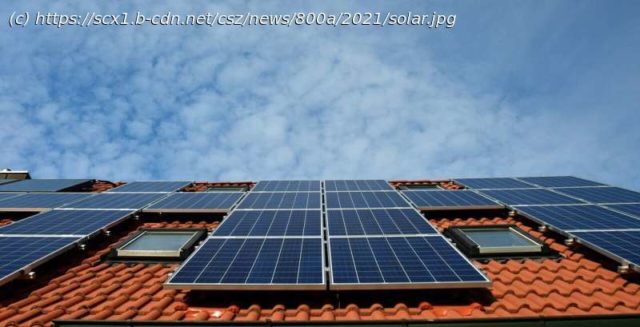If you take an object and set it out in the sun, it will begin to warm up. This is because it is absorbing energy from the sun’s rays and converting that energy to heat. If you leave that object outside, it will continue getting warmer, but only to a point. A sunbather lying on a beach won’t catch fire, after all.
If you take an object and set it out in the sun, it will begin to warm up. This is because it is absorbing energy from the sun’s rays and converting that energy to heat. If you leave that object outside, it will continue getting warmer, but only to a point. A sunbather lying on a beach won’t catch fire, after all.
As objects (or people) absorb energy (light from the sun), they also emit energy (infrared radiation, or heat). This is something you may have experienced while walking past a block wall on a summer afternoon and feeling heat emanating from it.
The connection between an object’s ability to absorb and emit energy in the form of electromagnetic radiation—its absorptive and emissive efficiencies—has long been explained by something known as Kirchhoff’s law of thermal radiation. The law, a concept devised by Gustav Kirchhoff in 1860, states that absorptive and emissive efficiencies are equal at each wavelength and angle of incidence.
A new device developed in the lab of Harry Atwater, the Howard Hughes Professor of Applied Physics and Materials Science, breaks that normally tight relationship between the absorbed and emitted efficiencies of an object.






